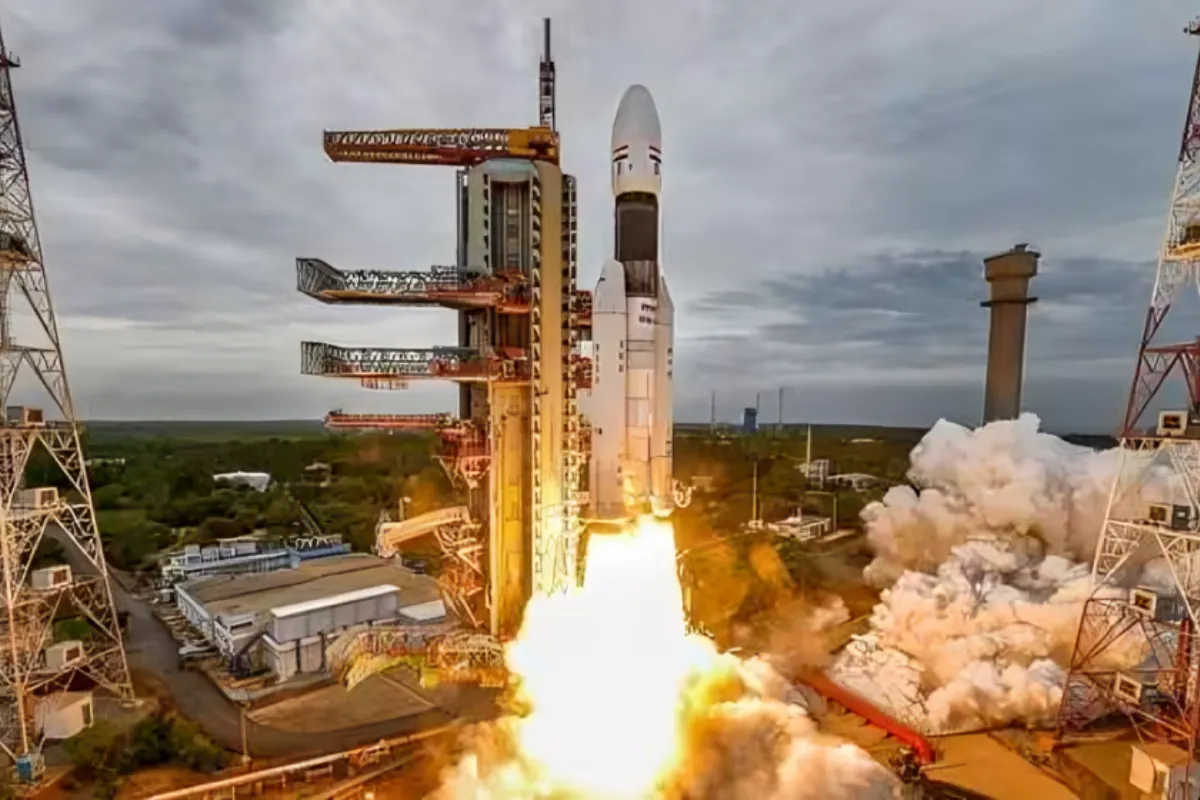In a landmark decision, the Indian Cabinet, chaired by Prime Minister Narendra Modi, has approved a major overhaul of the Foreign Direct Investment (FDI) policy for the space sector. This move opens the door for 100% foreign investment in certain segments, marking a significant shift towards private sector participation and unlocking the immense potential of the Indian space industry.
Key Highlights of the New Policy
- Liberalised FDI Thresholds: The policy now prescribes clear and differentiated thresholds for FDI in various sub-sectors of the space industry. This includes:
- Up to 74% under Automatic Route: Activities like satellite manufacturing & operation, satellite data products, and ground & user segments can now receive automatic approval for FDI up to 74%.
- Up to 49% under Automatic Route: Investments in launch vehicles, associated systems, and spaceports can be approved automatically up to 49%.
- Up to 100% under Automatic Route: Manufacturing of components and systems for satellites, ground segment, and user segment can attract 100% FDI through the automatic route.
- Aligned with Indian Space Policy 2023: This decision reflects the vision outlined in the Indian Space Policy 2023, aiming to boost private participation, enhance technological capabilities, and establish India as a prominent player in the global space economy.
- Benefits for the Sector: Increased private sector involvement is expected to generate employment, accelerate technology absorption, and foster self-reliance in the space sector. It will also integrate Indian companies into global value chains and promote domestic manufacturing under initiatives like “Make in India” and “Atmanirbhar Bharat.”
Impact and Future Outlook
This policy shift is a significant step towards realizing India’s ambitious space aspirations. By attracting foreign investments and expertise, the Indian space sector is poised for exponential growth and innovation. This will not only benefit the space industry itself but also create opportunities for related sectors like telecommunications, agriculture, and remote sensing.












